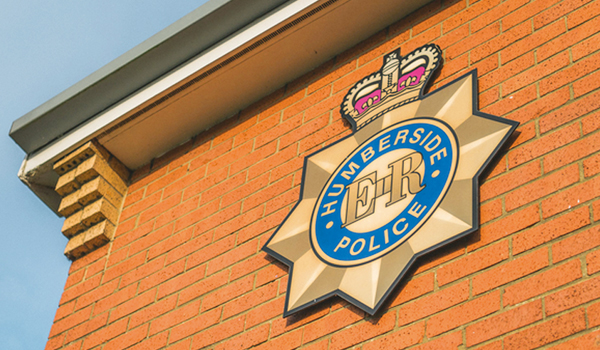New software cuts emergency services response times
New software will help ensure emergency services get to destinations without delays caused by inaccurate address information.

New software will help ensure emergency services get to destinations without delays caused by inaccurate address information.
The software makes it easier and quicker to update essential address databases that are used by the emergency services, helping to reduce the risk of police, ambulance and fire services getting lost en route to an incident.
The Street Naming and Numbering (SNN) module is the latest addition to GGP Systems suite of Gazetteer Management Software, already used by police, local councils and fire and rescue services.
GGP SNN is designed to speed up and simplify the naming and numbering of new streets and recently-built properties. Local authorities have a legal obligation to issue official addresses and the creation and maintenance of address data is essential for emergency services response. Strict guidelines must be adhered to ensuring names and numbers are appropriate, logical and consistent and newly-created or updated information needs to be shared with a host of third party organisations.
Street naming and numbering appears at first glance to be just another back-office function of the local council, but it can be headline making, says Tim Maxwell, managing director of GGP Systems. Cases of ambulances not being able to find a new house or getting lost en route to an emergency call out are rare but when they do happen they can have tragic consequences and are in most cases preventable.
GGP SNN is a self-contained case management tool that facilitates the administration of the many contacts, correspondence, legal documents and tasks that make up the complex street naming and numbering function of local government. It has been developed in conjunction with several local authority street naming and numbering officers and is designed to address day-to-day requirements for document management, process automation and task generation.


